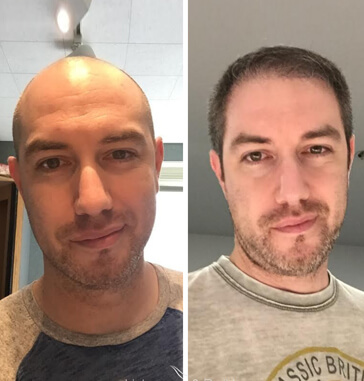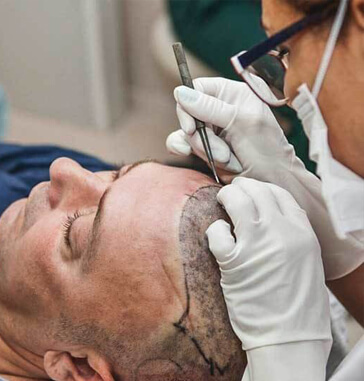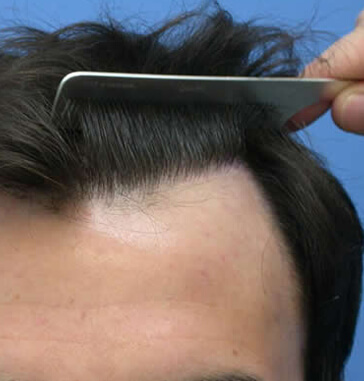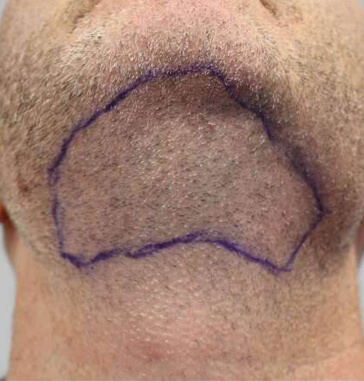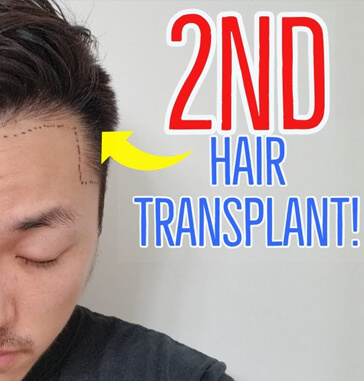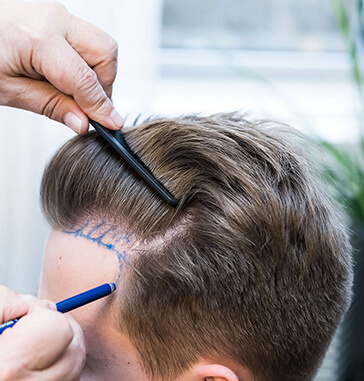Channels are the holes where the collected grafts are transplanted. So they make it possible for the new hair follicles to hold onto the scalp. Without channels, your surgeon cannot implant the newly transplanted hair follicles. This is one of the most important steps of hair transplant procedures.
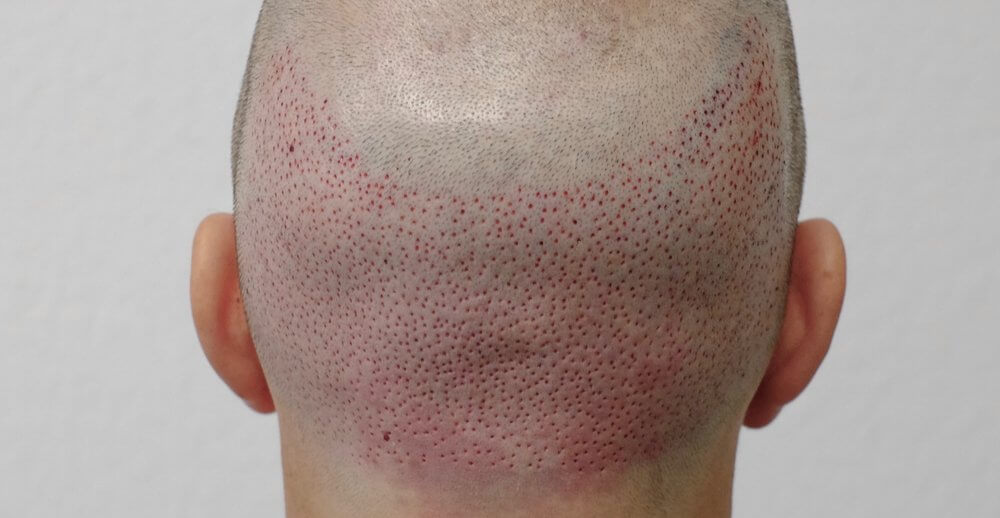
How Are Channels Opened?
Your doctor will first take the grafts out from the donor area and then open the same number of channels as the grafts. They should be opened according to the natural direction of hair growth to ensure that you will have natural-looking hair after the surgery. So your doctor plans every step of the procedure beforehand and chooses the right hair transplant method and channel opening technique to get the best results from the hair transplant procedure.
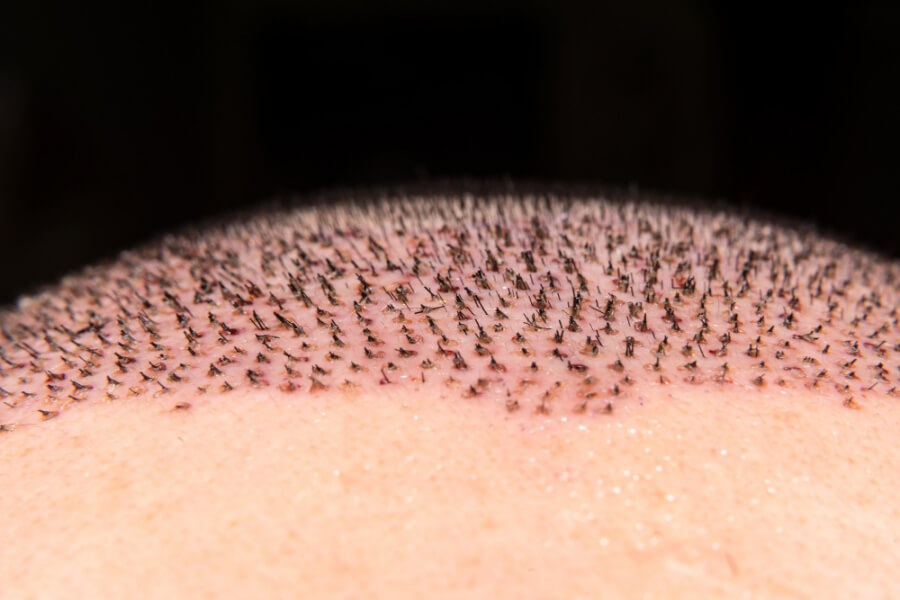
Techniques Used To Open Channels
Lateral Grafting:This is a commonly used procedure. Your doctor can open microchannels thanks to the lateral slit technique, which enables a natural look. Unlike most of the other techniques, it does not cause scarring after the procedure. It is generally performed in the FUE method. Your doctor will open channels with blades that have steel tips. They may also use sapphire tips, which are even more sophisticated. This technique mimics the natural arrangement of the hair follicles to provide the patient with the best results. Your surgeon can use this technique in the DHI hair transplant method as well.
Sagittal Grafting:Surgeons prefer this type of channel opening quite often. They open microchannels by making small incisions. Generally used in the FUT hair transplant method, sagittal grafting requires small incisions. It is difficult to find the right angle with this technique so it is easier to make mistakes. It also has disadvantages such as straight-up hair. So anyone looking at such type of hair will easily notice that it looks unnatural and thin. Another notable disadvantage of this method is that it can leave scarring. So this method is replaced by more advanced methods and is no longer used.
Percutaneous Technique:This is a very special technique performed by a limited amount of doctors all over the world. Your doctor will take the hair follicles from the donor area and then implant them into three-dimensional channels. In this technique, your doctor will also use sapphire needles, causing minimal damage to the scalp tissue and no scars after the surgery. Also, the recovery period will be reduced due to the minimal damage to the tissue. So it is considered to be a very advanced channel opening technique with a variety of advantages.
Points To Take Into Account When Opening Channels
Channels should not be opened too deep as grafts may not hold onto the scalp if they are too deep. The hair transplant method is considered successful the hair follicles are implanted at exactly the right depth and angle.
The hair follicles should comply with the natural growth angle of the hair to receive the necessary nutrients from the scalp. So the hair follicles should neither be too large nor too narrow. So your surgeon should be very careful when opening the channels to increase the likelihood of the success of the procedure.
The angle of the channels should be the same as the direction of the original hair growth. If not, the newly transplanted hair follicles will grow and look unnatural. So your doctor should make a thorough examination of your scalp and hair follicles not to make mistakes during the procedure. Your doctor will have to analyze the natural growth direction of your hair follicles and hair density before starting the hair transplant procedure.

